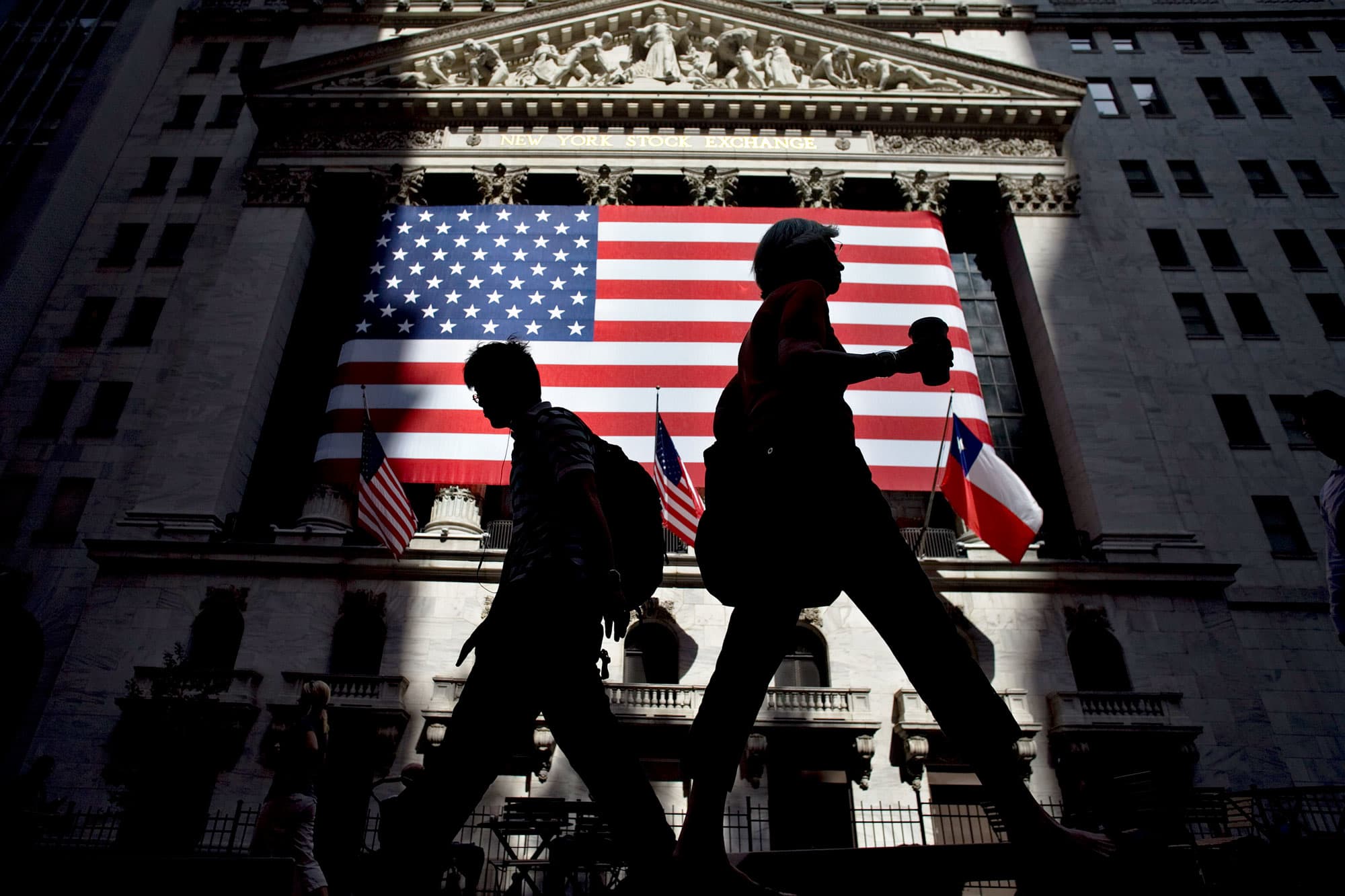
The wealthiest 10% of Americans now own 89% of all U.S. stocks, a record high that highlights the stock market’s role in increasing wealth inequality.
The top 1% gained over $6.5 trillion in corporate equities and mutual fund wealth during the Covid-19 pandemic, while the bottom 90% added $1.2 trillion, according to the latest data from the Federal Reserve. The share of corporate equities and mutual funds owned by the top 10% reached the record high in the second quarter, while the bottom 90% of Americans held about 11% of stocks, down from 12% before the pandemic.
The stock market, which has nearly doubled since the March 2020 drop and is up nearly 40% since January 2020, was the main source of wealth creation in America during the pandemic — as well as the main driver of inequality. The total wealth of the top 1% now tops 32%, a record, according to the Fed data. Nearly 70% of their wealth gains over the past year and a half — one of the fastest wealth booms in recent history — came from stocks.
“The top 1% own a lot of stock, the rest of us own a little,” said Steven Rosenthal, senior fellow, Urban-Brookings Tax Policy Center.
The growing concentration of wealth comes despite millions of new investors coming into the stock market for the first time during the pandemic, leading to what many have labeled “the democratization” of stocks. Robinhood added more than 10 million new accounts over the past two years and now has more than 22 million — many of them held by younger, first-time investors.
Yet while the market may be owned more broadly, the gains and wealth it creates are not being more widely distributed. Rosenthal said that while the army of new investors may be numerous, they are also still small, with the average account size at Robinhood at about $4,500. When markets rise, they will have far smaller dollar gains than wealthier investors with hundreds of thousands or even millions in stock holdings.
“Many of the younger investors also bought in at higher prices, compared to bigger investors who have been in the market for years and see larger gains,” Rosenthal said.
What’s more, many of the new investors have more of a trading mentality — buying and selling stocks rapidly, with leverage, in hopes of quick gains. While the strategy can create big winners, others may see lower returns than those of investors who simply buy and hold for the long term.
The top 10% saw the value of their stocks gain 43% between January 2020 and June of 2021, according to the Fed. The bottom 90% saw stock wealth rise at a lower rate — 33%.
“They might account for a larger share of trading activity, but that’s different from ownership and wealth,” Rosenthal said.




